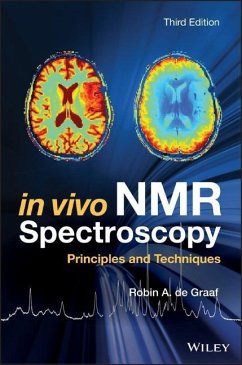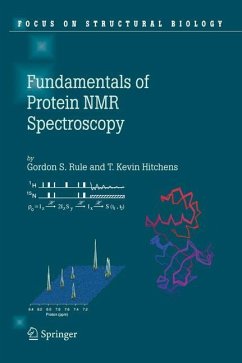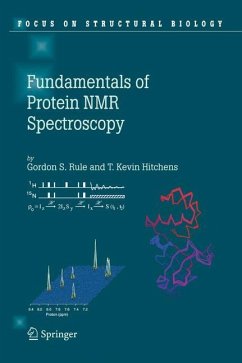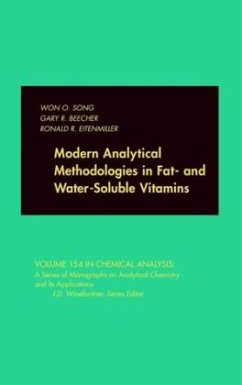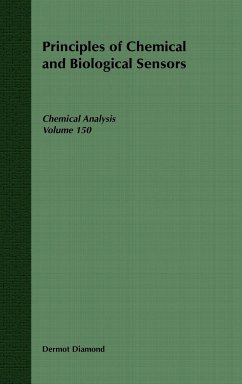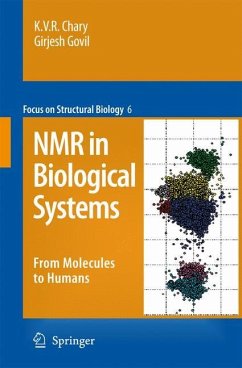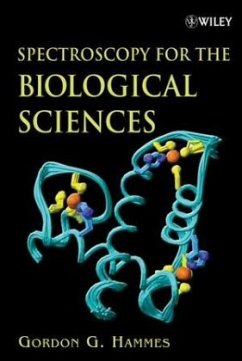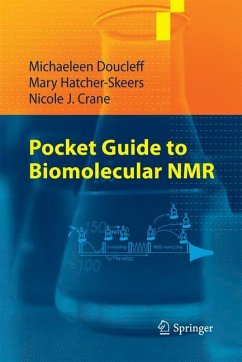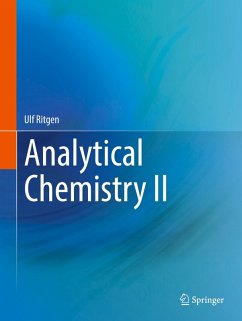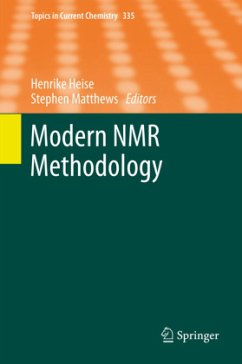
NMR Spectroscopy Explained
Simplified Theory, Applications and Examples for Organic Chemistry and Structural Biology

PAYBACK Punkte
91 °P sammeln!
NMR Spectroscopy Explained : Simplified Theory, Applications and Examples for Organic Chemistry and Structural Biology provides a fresh, practical guide to NMR for both students and practitioners, in a clearly written and non-mathematical format. It gives the reader an intermediate level theoretical basis for understanding laboratory applications, developing concepts gradually within the context of examples and useful experiments.Introduces students to modern NMR as applied to analysis of organic compounds.Presents material in a clear, conversational style that is appealing to students.Contain...
NMR Spectroscopy Explained : Simplified Theory, Applications and Examples for Organic Chemistry and Structural Biology provides a fresh, practical guide to NMR for both students and practitioners, in a clearly written and non-mathematical format. It gives the reader an intermediate level theoretical basis for understanding laboratory applications, developing concepts gradually within the context of examples and useful experiments.
Introduces students to modern NMR as applied to analysis of organic compounds.
Presents material in a clear, conversational style that is appealing to students.
Contains comprehensive coverage of how NMR experiments actually work.
Combines basic ideas with practical implementation of the spectrometer.
Provides an intermediate level theoretical basis for understanding laboratory experiments.
Develops concepts gradually within the context of examples and useful experiments.
Introduces the product operator formalism after introducing the simpler (but limited) vector model.
Introduces students to modern NMR as applied to analysis of organic compounds.
Presents material in a clear, conversational style that is appealing to students.
Contains comprehensive coverage of how NMR experiments actually work.
Combines basic ideas with practical implementation of the spectrometer.
Provides an intermediate level theoretical basis for understanding laboratory experiments.
Develops concepts gradually within the context of examples and useful experiments.
Introduces the product operator formalism after introducing the simpler (but limited) vector model.



